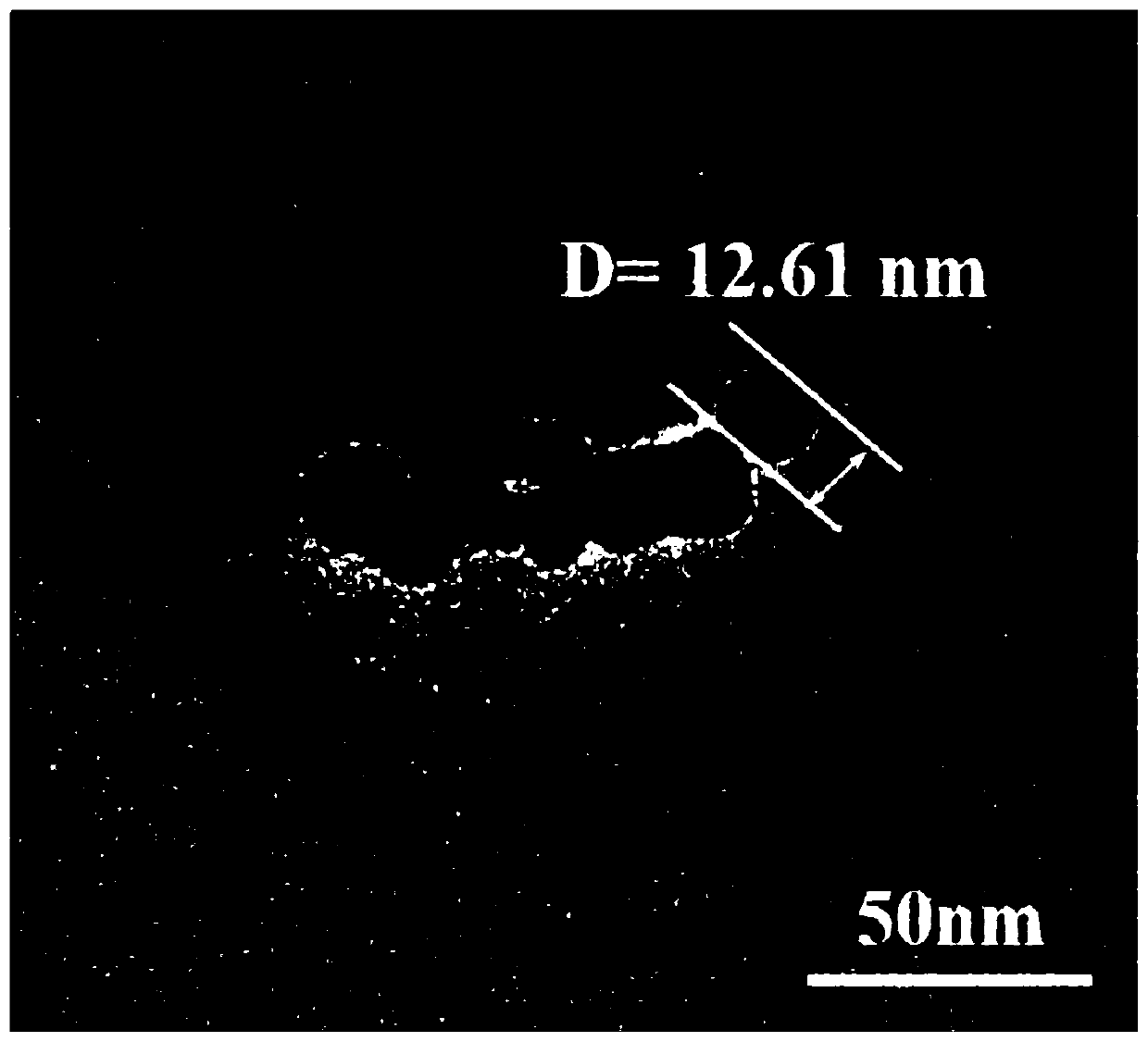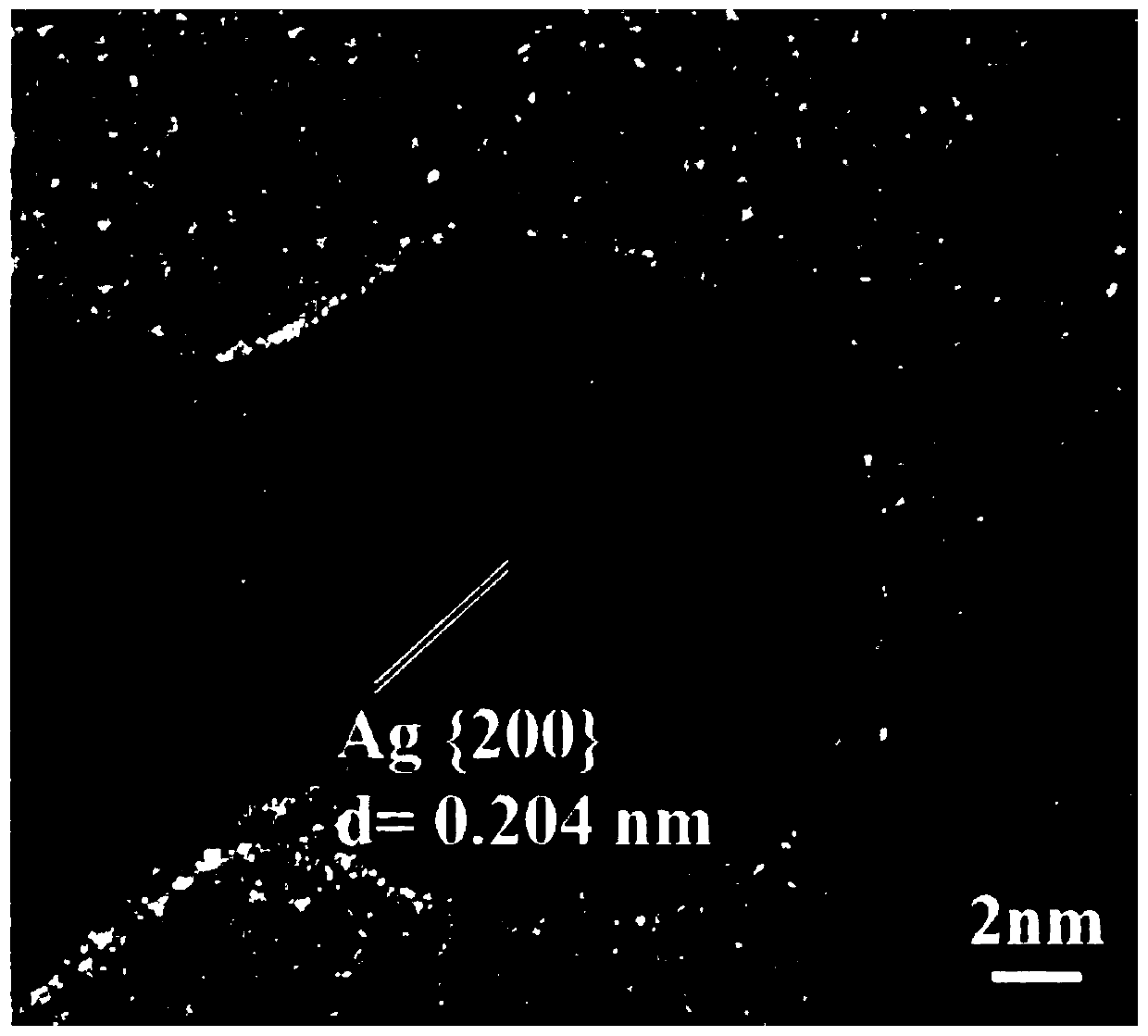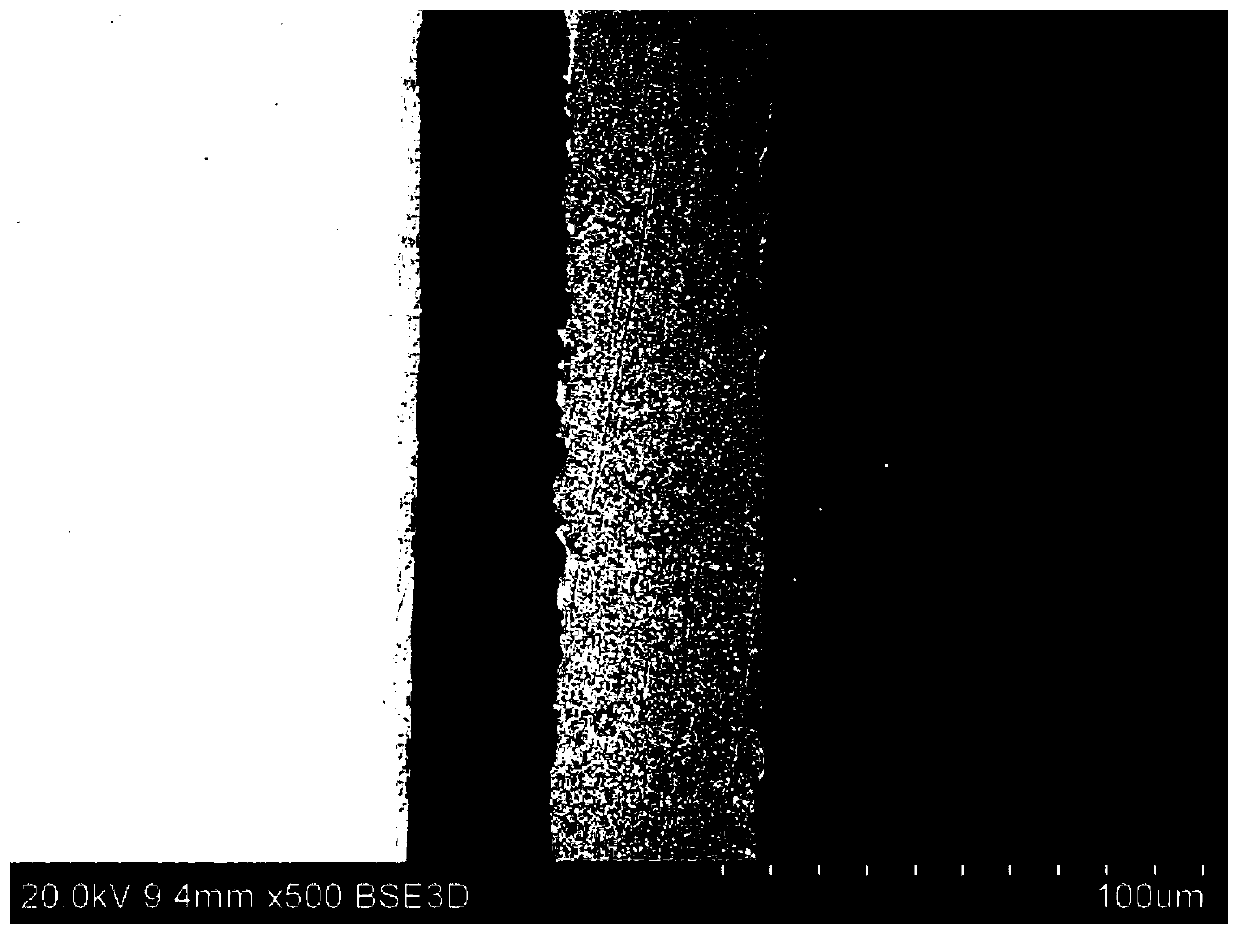Method for connecting N-type Bi2Te3 and Cu electrode based on nano-silver solder paste and nickel plating
A connection method and a technology of nickel coating, which are applied in thermoelectric device components, manufacturing/processing of thermoelectric devices, materials for thermoelectric device junction leads, etc., can solve problems such as inability to meet the temperature requirements of thermoelectric devices and poor reliability of brazed joints , to achieve the effect of avoiding deterioration of joints, good high-temperature mechanical properties, excellent electrical and thermal conductivity
- Summary
- Abstract
- Description
- Claims
- Application Information
AI Technical Summary
Problems solved by technology
Method used
Image
Examples
Embodiment 1
[0037] Embodiment 1: This embodiment is based on the N-type Bi of nano-silver solder paste and nickel coating 2 Te 3 The connection method with the Cu electrode is carried out according to the following steps: first use the electroplating method on the N-type Bi 2 Te 3 Prepare a nickel coating with a thickness of 3 μm as a diffusion barrier layer on the surface to be welded, and then use nano-silver solder paste on the N-type Bi 2 Te 3 The brazing connection between the surface to be welded and the Cu electrode is completed. In this example, N-type Bi 2 Te 3 Nickel plating is prepared on the surface to be welded as a diffusion barrier layer, and the nickel barrier layer can reduce N-type Bi 2 Te 3 Elemental diffusion of Ag, Bi, Te, Se and other elements occurs between the nano-silver, and the nickel barrier layer and the nano-silver are metallurgically bonded without any intermetallic compounds; nano-silver has excellent electrical and thermal conductivity, High-temper...
Embodiment 2
[0048] Embodiment 2: The difference between this embodiment and embodiment 1 is that the N-type Bi 2 Te 3 In Step 2 of the brazing connection process between the surface to be welded and the Cu electrode, put the fixed assembly obtained in Step 1 into a vacuum heating furnace, and adjust the vacuum degree to 1×10 -3 Pa, then start to heat up to 250°C at a rate of 10°C / min, then heat to 260°C at a rate of 5°C / min and hold for 30 minutes, then cool to room temperature with the furnace. Other steps and processing parameter are identical with embodiment 1.
[0049] The room temperature shear strength of the joint obtained in this example is 6MPa, and after 150 hours of service at 250°C, the shear strength is 5MPa, and the joint strength changes only about 10%. The interface of the brazed joint is dense and well bonded.
Embodiment 3
[0050] Embodiment 3: what this embodiment is different from embodiment 1 is, utilizes nano-silver solder paste to N-type Bi 2 Te 3 In Step 2 of the brazing connection process between the surface to be welded and the Cu electrode, put the fixed assembly obtained in Step 1 into a vacuum heating furnace, and adjust the vacuum degree to 1×10 -3 Pa, then start heating to 250°C at a speed of 10°C / min, then heat to 290°C at a speed of 5°C / min and hold for 30 minutes, then cool to room temperature with the furnace. Other steps and processing parameter are identical with embodiment 1.
[0051] The room temperature shear strength of the joint obtained in this example is 7MPa, and after 150 hours of service at 250°C, the shear strength is 6MPa, the joint strength changes little, and the brazed joint has no defects such as cracks, pores, and inclusions.
PUM
| Property | Measurement | Unit |
|---|---|---|
| shear strength | aaaaa | aaaaa |
| shear strength | aaaaa | aaaaa |
| diameter | aaaaa | aaaaa |
Abstract
Description
Claims
Application Information
 Login to View More
Login to View More - R&D
- Intellectual Property
- Life Sciences
- Materials
- Tech Scout
- Unparalleled Data Quality
- Higher Quality Content
- 60% Fewer Hallucinations
Browse by: Latest US Patents, China's latest patents, Technical Efficacy Thesaurus, Application Domain, Technology Topic, Popular Technical Reports.
© 2025 PatSnap. All rights reserved.Legal|Privacy policy|Modern Slavery Act Transparency Statement|Sitemap|About US| Contact US: help@patsnap.com



